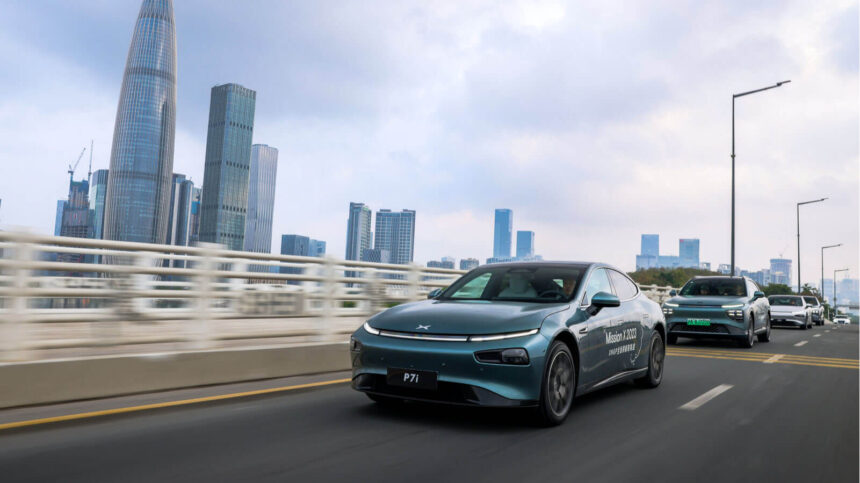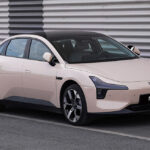The OEM ADAS research report highlights the importance of adjusting organizational structures, integrating teams, and competing in the realm of intelligent driving to secure a leadership position in the market. As the intelligent driving sector in China experiences rapid technological advancements, OEMs are faced with the challenge of keeping up with the evolving landscape.
In recent years, the competition in driving-parking integration, highway NOA, urban NOA, and map-free NOA has intensified, leading small and medium-sized ADAS Tier1s to struggle to match the pace of technological progress. To succeed in the end-to-end autonomous driving era, OEMs must revamp their R&D models, invest in resources, and navigate the complexities of multi-brand and multi-technology routes.
Organizational structure adjustments and team integration have become imperative for domestic OEMs in 2024. Companies like NIO, Xpeng, and Xiaomi have been proactive in adapting to the changing landscape. NIO, for instance, restructured its intelligent driving team to focus on end-to-end autonomous driving, while Xpeng split its technology development department into three specialized units.
Furthermore, emerging OEMs like BYD are also making significant organizational changes to enhance their capabilities in intelligent driving. BYD established the Tianxuan and Tianlang Development Departments to self-develop high-level and low-level intelligent driving solutions, respectively. This restructuring reflects the industry’s shift towards a more integrated and focused approach to R&D.
The focus on “Parking space to parking space” (D2D) functionality has emerged as a key battleground for OEMs in 2025. Companies like Huawei, Li Auto, Xpeng, and Xiaomi are racing to implement high-level intelligent driving capabilities that enable seamless navigation from one parking space to another. These advancements showcase the industry’s commitment to delivering cutting-edge solutions that prioritize user experience and convenience.
While emerging OEMs have taken the lead in self-developing intelligent driving technologies, established players like Huawei, DJI, and MOMENTA are not far behind. The introduction of all-scenario parking space-to-parking space intelligent driving functions on vehicles like the BAIC STELATO S9 demonstrates the industry’s collective progress towards advanced autonomous capabilities.
In the midst of this dynamic landscape, traditional and foreign OEMs are also making significant strides in intelligent driving innovation. Companies like Mercedes-Benz are introducing vision-based intelligent driving systems that do not rely on HD maps, signaling a shift towards more advanced and integrated solutions. With the support of leading Tier1 suppliers, multinational OEMs are poised to challenge the dominance of Chinese players in the intelligent driving market.
As the industry gears up for increased competition in 2025, OEMs must continue to innovate, collaborate, and adapt to stay ahead of the curve. The race for leadership in intelligent driving is far from over, and only those who can effectively navigate the evolving landscape will emerge as frontrunners in this transformative era.







